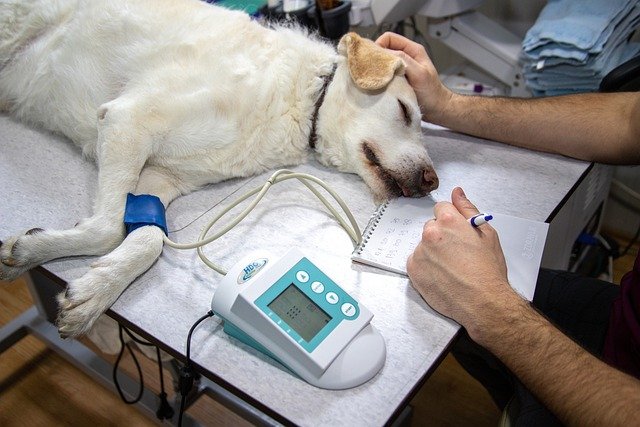Step-by-Step Approach to Converting Growth Signals into Age Estimates
Estimating a pet's age often requires reading physical and behavioral growth signals. This concise guide describes measurable signs—weight, teeth, mobility, and milestones—that help owners and veterinary teams form evidence-based age estimates when birth records are unavailable.

Estimating a pet’s age from observable growth signals is a practical task for owners and veterinary teams when birth records are unavailable. By combining measurements, developmental milestones, and behavior observations, a consistent estimation can be formed. This article outlines a step-by-step approach that balances measurable data and clinical judgment to produce reasoned age estimates and highlights when diagnostics or expert input are advisable.
This article is for informational purposes only and should not be considered medical advice. Please consult a qualified healthcare professional for personalized guidance and treatment.
How does growth and development indicate age?
Growth rate and development stages provide a baseline for age estimation across many species. Young animals move through predictable phases—rapid growth, juvenile plateau, and maturity—each associated with physical markers such as coat changes, eye development, or coordination. Tracking these developmental milestones alongside breed-specific expectations helps narrow an age range. For mixed-breed pets or those with atypical growth patterns, document the pattern of change over weeks or months to improve confidence in the estimate.
Can weight and measurements estimate age?
Weight and body measurements offer objective data points. Puppies and kittens follow species- and breed-specific growth curves; measuring weight, limb length, and body proportions against published growth charts can place an animal within a development window. For adult animals, sudden changes in weight may signal health issues rather than age. Use serial measurements when possible—the rate of change often provides more insight than a single reading. Keep in mind that breed and nutrition significantly influence absolute values.
What can teeth and dental milestones reveal?
Teeth are among the most reliable indicators of age in young animals. The timing of deciduous (baby) tooth eruption and permanent tooth emergence follows relatively consistent schedules, with wear patterns later reflecting longer-term age and lifestyle. Examine tooth eruption sequence, tartar buildup, and enamel wear to estimate age brackets. Dental examinations should be done gently and, when required, by a veterinary professional to avoid misinterpretation due to dental disease or diet-related wear.
How does behavior and mobility inform estimates?
Behavioral signs—playfulness, attention span, sleep patterns—shift as animals age and can supplement physical data. Young animals typically display high activity and exploratory behavior, while older animals may show decreased mobility, joint stiffness, or changes in sleep-wake cycles. Observing mobility, gait, and willingness to jump or climb can indicate musculoskeletal maturity or age-related decline. Consider temperament and environment: stress or prior training can alter behavior and should be factored into any estimation.
How do breed and lifespan affect age calculations?
Breed and expected lifespan set the context for interpreting growth signals. Small-breed dogs generally mature faster and live longer than large-breed dogs, so the same physical marker may correspond to different ages depending on breed. Familiarize yourself with breed-specific growth timelines and typical lifespan phases to adjust raw measurements and developmental observations. For mixed breeds, weigh likely ancestral sizes and use conservative ranges rather than precise single-year guesses.
When should veterinary diagnostics be used?
Veterinary diagnostics become important when observable signals conflict, when accuracy matters for medical decisions, or when the animal shows signs of disease. Diagnostic tools such as radiographs (for bone ossification), bloodwork, and dental X-rays can refine age estimates by revealing internal development and organ function. Vets can also use endocrine and metabolic assessments to rule out conditions that mimic age-related changes. Choose diagnostics based on the clinical question and balance the benefits of precision against cost and invasiveness.
Accurate age estimation often combines multiple data streams: growth curves, weight and measurements, dental examination, observed behavior and mobility, and breed-informed expectations. Documenting findings, using serial observations, and consulting veterinary professionals or published growth references will produce the most reliable estimates. Consistent notation of milestones and objective measures improves reproducibility of age assessments across caregivers.
In summary, converting growth signals into age estimates is a multi-step process that relies on measurable evidence and contextual interpretation. By integrating physical measurements, dental milestones, behavioral observations, and breed information—while seeking veterinary diagnostics when necessary—owners and clinicians can form reasoned age ranges that support appropriate care and planning.






